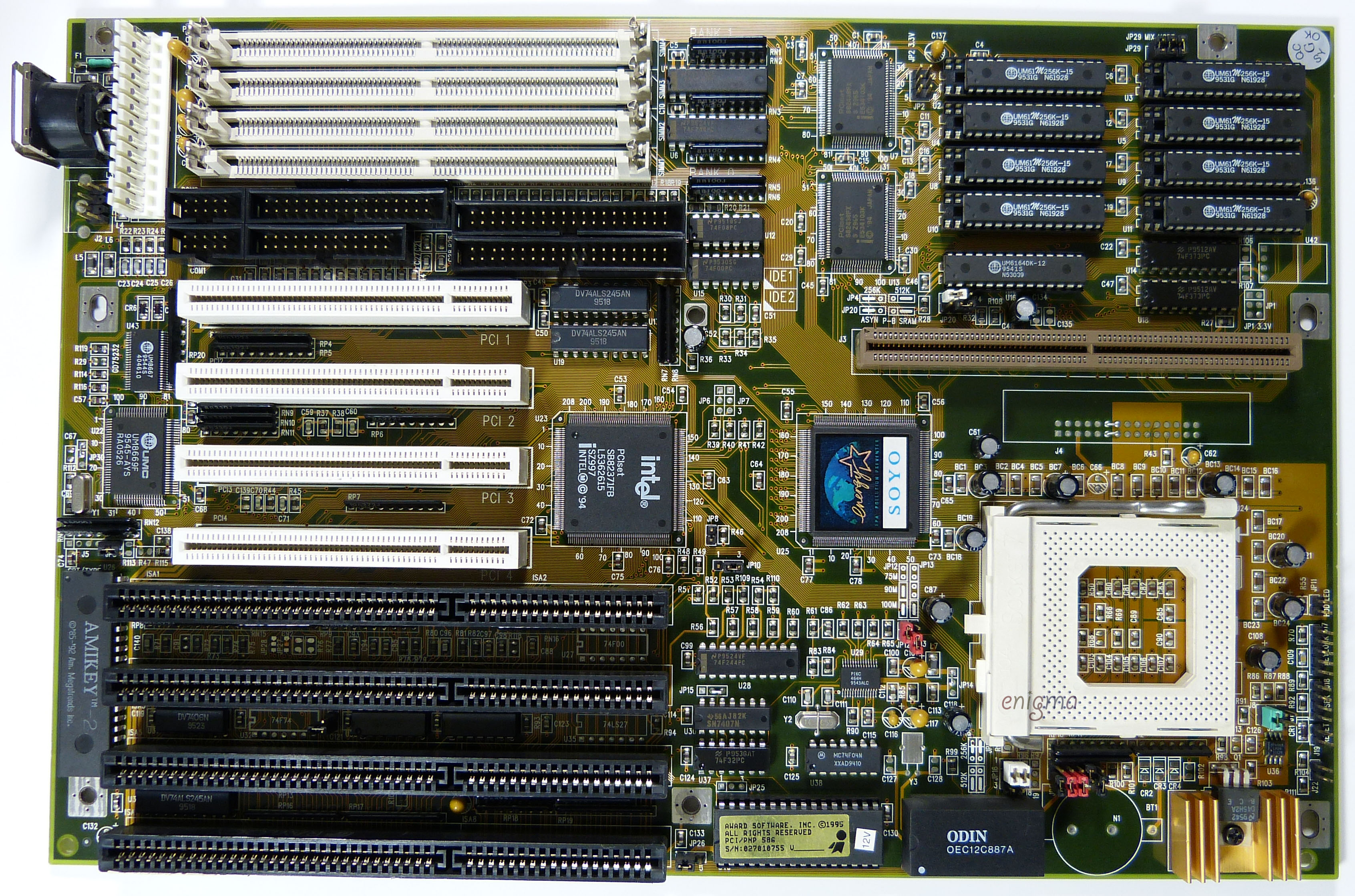COAST Explained
Cache On A STick (COASt) is a set of memory specifications that define both the PBSRAM (Pipeline Burst SRAM) cache module itself and an associated slot on the motherboard. COAST modules are used to provide additional layers of cache memory on a computer. Implemented in the 1990s, it is a type of external cache that allowed an underlying computer to have a L2 cache.
I know of three COAST specifications: COAST 1.0, COAST 2.0 and COAST 2.1. A COAST 2.0 stick will work just fine in a COAST 2.1 slot if there is no mechanical limitation (if it fits it will work), since the 2.1 specification simply added the mechanical diagram of slots and modules.

A COASt module installed in a COASt slot
Physically, COASt is a type of fast pipeline-burst static random access memory (SRAM) technology similar to a large single inline memory module (SIMM). It is a mapped cache with a capacity of 256-512 KB. It also has faster but smaller native random access memory (RAM) modules, which are used for storing cache tags.

The brown slot above the CPU socket is the COASt slot
COASt is typically installed as a standalone memory component on a card edge low profile (CELP) slot on a computer motherboard. COASt uses data buses to interact with primary cache and other memory modules.
The COASt Specification
In the early 1990s, Motorola came up with the COASt standard, which defined the physical size of between 110 and 111mm wide and between 28 and 29mm tall. This could be seen on Apple Macintosh computers.
During the early Pentium era, Intel attempted to standardise the L2 cache subsystem. This standard declared the physical size and type of both the slot and module. Unfortunately, many manufacturers produced motherboards that were non-standard, not just failing to adhere to the physical specifications, but also electrical. The electrical specification for COASt required that the clock tree to each synchronous chip be balanced, i.e. equal length from edge of the connector to individual chips. An unbalanced clock tree increases reflections and noise. For a 256 KB cache module the standard requires the same clock be used for both chips but some vendors use separate clocks to reduce loading on the clock driver and hence increase the clock speed. However, this creates unbalanced loading in other motherboard configurations, such as motherboards with soldered caches in the system.
Decline
A COASt slot on a motherboard was a relatively common thing right up to the Pentium MMX era, alongside the Intel 430TX and 430VX chipsets. As technology developed and SRAM prices decreased, the computer's L2 cache was all put directly onto the motherboard or within the CPU (see Pentium 2 with Slot 1) itself.